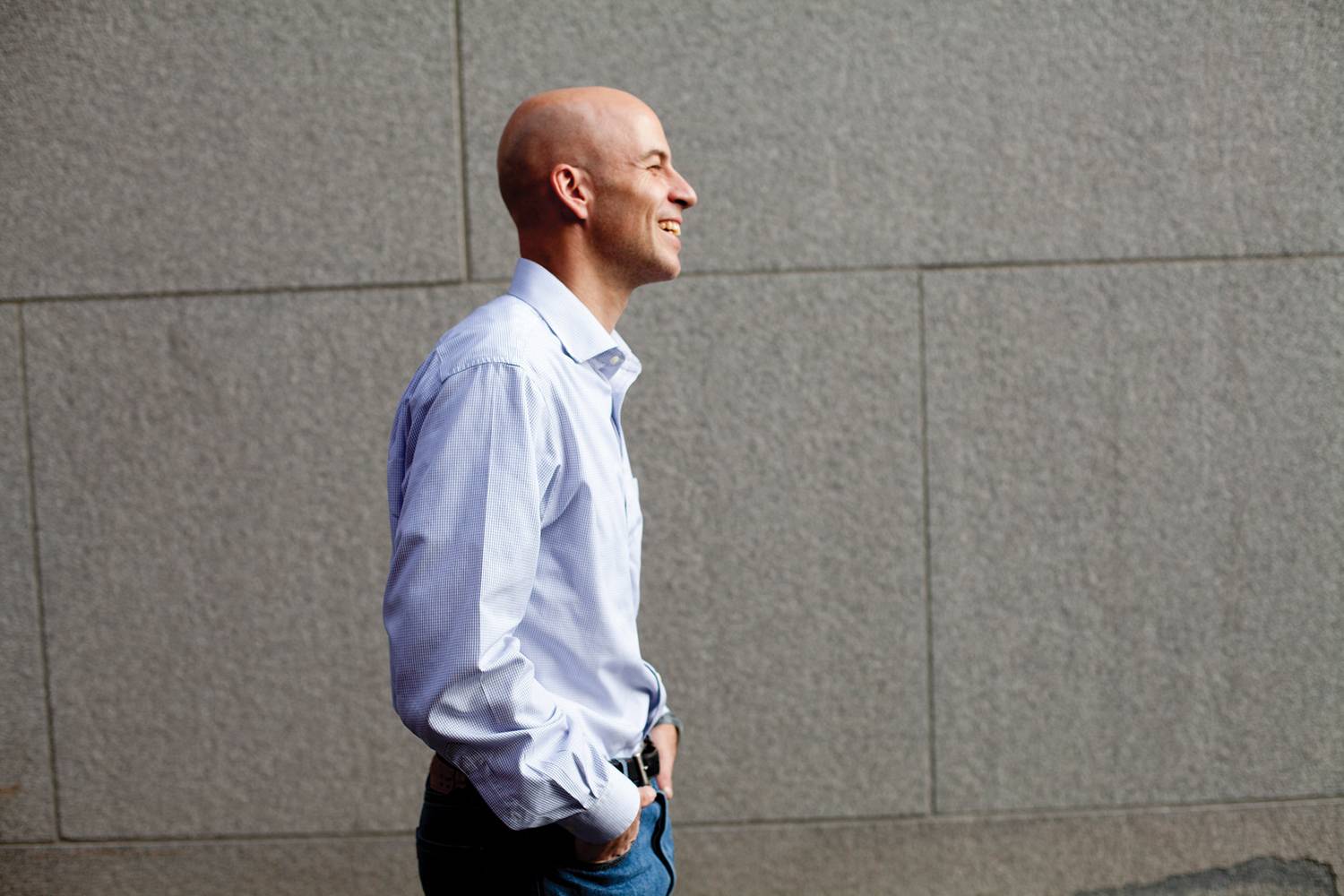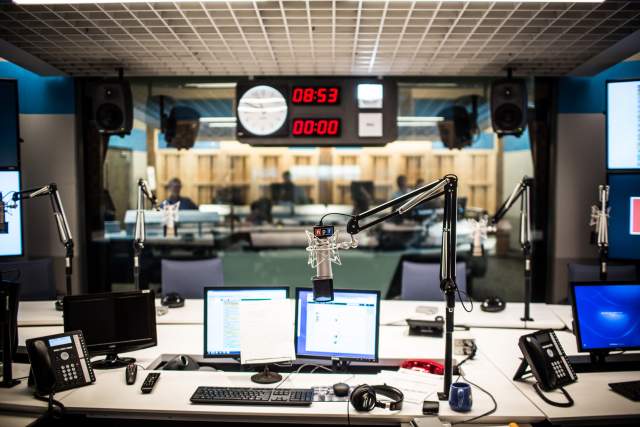Until Better Is Best
At Tuck’s Career Development Office, continuous improvement is the goal and the method.

“For every coaching appointment, we survey the students on how effective we are,” says Jon Masland, director of the Tuck CDO.
At Tuck’s Career Development Office, continuous improvement is the goal and the method.
Judging by the usual metrics that MBA programs use to rate the effectiveness of their career development offices, Tuck has precious little room for improvement. In 2015, the last year for which data is available, Tuck boasted the highest post-graduation employment acceptance rate and the second-highest starting compensation among the Top-10 U.S. MBA programs according to the U.S. News & World Report ranking.
“Here you have something that by all the usual ranking metrics is at the top,” says Jonathan Masland, director of Tuck’s Career Development Office (CDO), “and we’re saying, ‘How can we do better?’”
His objective derives from the vision Dean Matthew J. Slaughter announced when he assumed the deanship in July 2015. Slaughter challenged other Tuck leaders to articulate their own visions for their departments and Masland responded by setting the bar high. “Our goal is to become the most effective career services office in higher education by embracing innovation and best-in-class business practices,” he says paraphrasing the CDO’s vision statement. “It’s about going from good to great.”
To get there, Masland and his team leveraged design thinking and continuous improvement. First, the CDO partnered with a group of students to identify the services most important to their success. The six-person student team included four Dean’s Fellows and one representative from each class. As part of this effort, the CDO partnered with a consulting firm to design an interview protocol to evaluate the career office’s performance.
“It was students interviewing students to really listen and understand what we did well and what we can improve,” Masland says. The process helped Masland and his team define seven core services they provide the Tuck community—career exploration, application materials, networking, interview preparation, and offer negotiation, as well as on-campus and off-campus recruiting.
After the design stage—brainstorming with sticky notes, creating data points, and gathering qualitative information—the process of continuous improvement begins. It’s an iterative process: Measure performance, create an improvement plan, implement changes, measure again.
“It’s about going from good to great.”
A key element of the strategy is handing off ownership of key components to CDO teammates, Masland says. “Mathias Machado T’09 has the resources, Deirdre O’Donnell the one-on-one coaching, Stephen Pidgeon T’07 the education, Lori Lorigo the communications, and Valeria Wiens runs the on-campus recruiting,” he says.
“They like the model and vision of improving the services, but it has also come at some cost, where they’re working longer hours and doing more,” he says. Still, Tuck career coaches this fall have engaged with or met with every incoming first-year student, reviewed hundreds of resumes within just a few days, and interacted with countless recruiters in their areas of specialty. They’re also asking students to rate their performance. “For every coaching appointment we do, we’ve begun surveying the students on how effective we are,” Masland says. So far, the results are good.
“To see these little cards that the students fill out when they leave their one-on-one meetings, and to see how positive they are—you know to get a 5.4 average on a 6-point scale—it isn’t broken,” Masland says. “In fact, Elizabeth Z. Napier T’91, who leverages her extensive alumni contacts to support students with creative job searches, received a 7 on one of the surveys. But we did look hard at it and we are finding ways to improve.”
